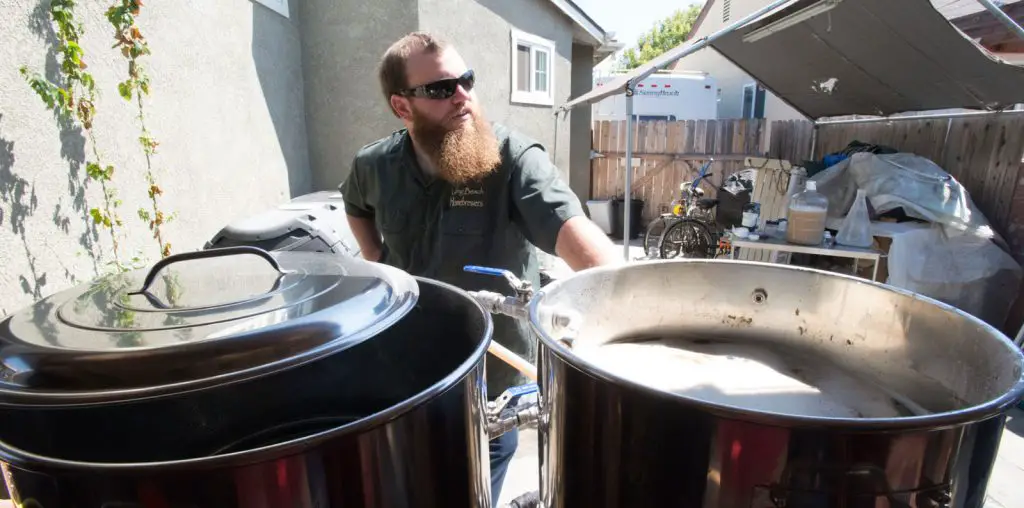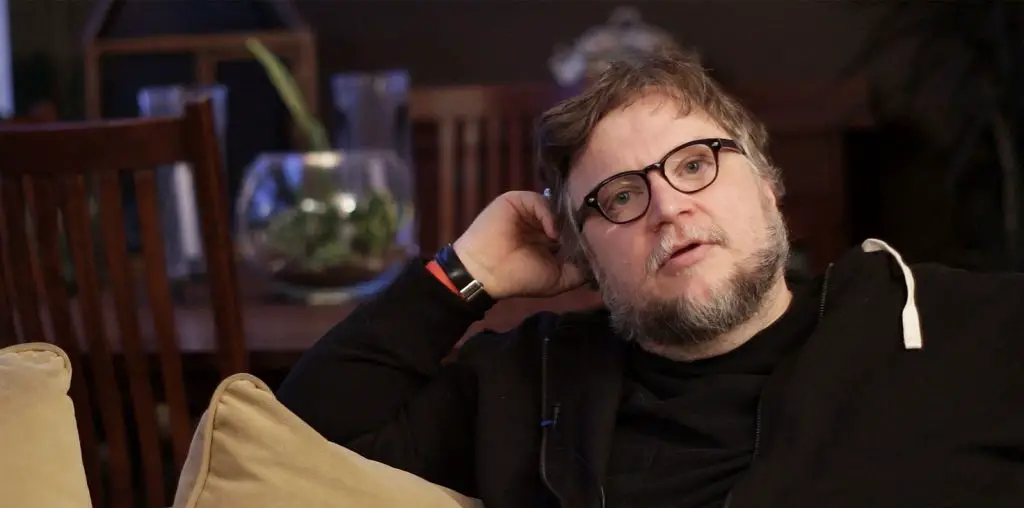
In 1996, a disturbingly funny little movie called The Bride of Frank started popping up all over the country, mostly as bootlegs passed around between pirates and hardcore underground horror fans. “Wanna see something sick?” a friend asked me. He owned a kick-a*s little store in Pittsburgh called Incredibly Strange Video and it was his mission in life to find the oddest, most obscure movies he could put on his shelves. “Go grab ‘Bride of Frank’. It’s really disturbing.”
“Yeah, but is it any good?” I replied.
“Just grab it. It’s twisted.”
Knowing this was the same guy who also recommended the loathsome “Gummo”, I picked up the box with its grainy, photocopied art and took home “Bride of Frank”. It took me two tries to get through it. While it wasn’t quite my thing, I really appreciated the director’s eye for disgusting camp. I could see the John Waters’ influence, particularly “Pink Flamingos” and elements of Roy Frumkes’ “Street Trash”. Years later, I got the chance to catch up with the director—billed on screen as “Escalpo Don Balde”, his real name is Steve Ballot—though he’s a tough guy to get a handle on. Take his response to my standard “How did you get started making movies” question:
“When my mother was six months pregnant with me, my father took her to the movies to see Cecil B. Demille’s ‘The Ten Commandments’. I was lookin’ outta her belly-button and said to myself, ‘Wow this s**t is cool. One day I gotta do this’.”
My work was officially cut out for me.
In his email persona, Ballot seems to waver between give-a-s**t and good-natured bitterness towards the industry. Not surprisingly, he’d been through the interview meat grinder before. “The Bride of Frank” is a love-it or hate-it type of movie, with most “serious” critics firmly in the latter camp. So while he took my questions to heart, it was obvious that he was somewhat on his guard at the idea of yet another Q&A session.
Example #2: “What was the inspiration for ‘The Bride of Frank’ and how did you go about producing it?”
“It was a late morning/early afternoon on a Sunday,” Ballot says. “I had just knocked off three bagels and lox with cream cheese, and washed em down with four cups of very strong coffee. Sitting on the bowl, first I was constipated, then I had diarrhea. This led to a profound thought….’constipation, diarrhea – same s**t’. Standing up to get a good wipe, I looked down into the bowl to view my handiwork – and it struck me like a thunderbolt – make ‘The Bride of Frank’! Then I produced it the same way. I just s**t it out.”
I waited. Then Ballot responded. “I guess my inspiration for ‘BoF’ was ‘Pink Flamingos’, Russ Meyer, and all the Midnight Movies I spent all my weekends running to see in my late teens/early 20’s. With the advent of video, and cable to a lesser extent, running to Midnight Movies was over, and the Midnight Movie Culture was dead. Why run to the Elgin theater in Manhattan, or the Mini Cinema in Long Island and drive home at 2:00 AM, when I could rent ‘Pink Flamingos’, ‘Eraserhead’, ‘Basket Case’, ‘Freaks’, ‘Faster Pussycat, Kill Kill’, ‘Reefer Madness’, etc. etc. et al, and pop them into the VCR in my living room at home? (Although I never saw ‘El Topo’ on video). With the miracle of the video playing machine, I could watch my Midnight Movies at home. And with the miracle of the video camera, I could try and make my own.”
Like most folks, Ballot’s career started with the parental 8mm hand-me-down camera. Yet…“My father bought a 1958 8mm silent film camera to take home movies of our family. He shot a bunch of footage in the late 50s, early 60s when my sister and I were little kids. The first thing he shot was Christmas morning 1958. Then some great early 1960s footage shot in Central Park and City Hall Park. And my sister’s two-year-old birthday party. My Dad also shot some not-so-great footage of a cruise around Manhattan on the Circle Day Line boat and some horrible footage atop White Faced Mountain in the Adirondacks. Then (he) tired of the camera completely and never picked it up again. Still, I was never allowed to use it. When I became a teenager and started disobeying my old man, I started playing with the camera. I filmed my dog, my girlfriend, pulled off a few cheezy in-camera special effects, and produced a terrible stop-motion sequence with one of my sister’s dolls. Then, like my father, I grew tired of playing with the camera, and I put it down too.
“1980’s—enter the miracles of video.
“Miracle #1 – I could watch a movie on a tape cassette.
“Miracle #2 – I could rent a camera from the video store, make movies with sound, and immediately play them back.
“Miracle #3 – VCR’s with the audio dubbing function. I could change the soundtracks of the movies I rented and returned to the video store, and I could add soundtrack to my own productions.”
And thus, the way for “The Bride of Frank” was paved. With his near-steady diet of Midnight Movies bubbling in the back of his mind, Ballot set out to make a movie that would disturb a new generation. While “Pink Flamingos” has lost little of its edge over the years, few of Waters’ later works held the same impact. Ballot wanted to create something that “would grab people by the balls.” With little money to work with, Ballot concentrated on making a smaller movie, emulating Waters’ style of working with what was available.
“I tried to utilize the elements around me,” Ballot says. “My family had a warehouse business with forklifts, tractor-trailers, truck drivers, warehouse workers and a 133,000 square foot building. I could use all that. There was a former homeless man that the company adopted and let live in the back room. He would be the star. I had a 5-year-old niece that was the cutest little kid in the world. I would start the movie with her. My pot dealer was a classic Brooklyn tough guy. I could use him too. And like John Waters before me, I could cast the movie with weirdos I met on the street. So I started shooting with my $1100 consumer JVC SVHSC camera on the weekends. I shot about forty SVHSC tapes over a four year period, and then spent about six months editing it together with two VCRs.”
Get the rest of the interview in part two of STEVE BALLOT: FATHER OF “THE BRIDE OF FRANK”>>>

